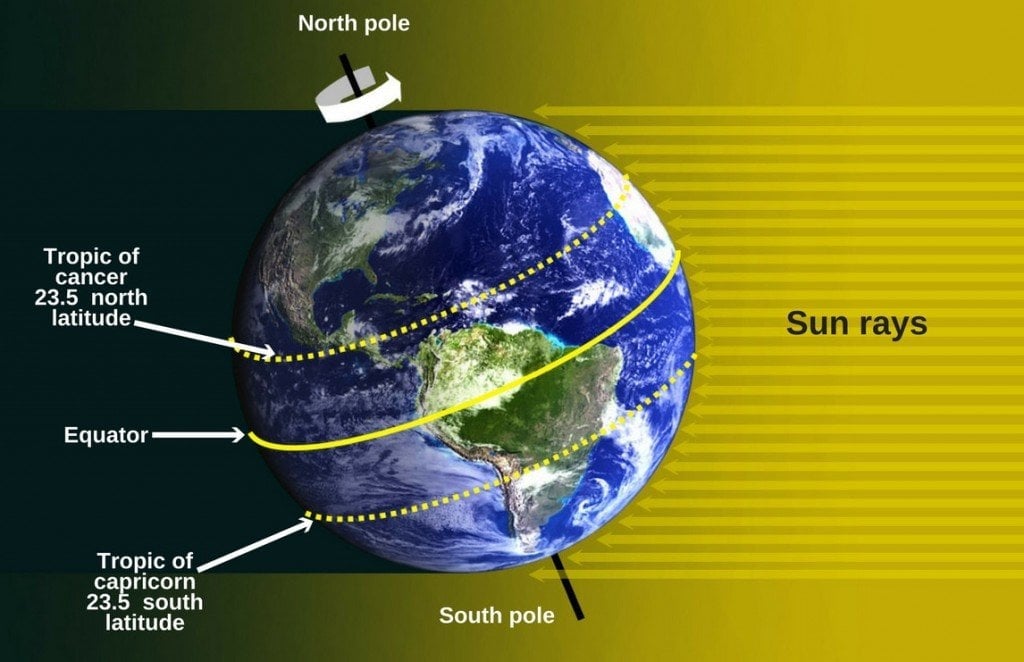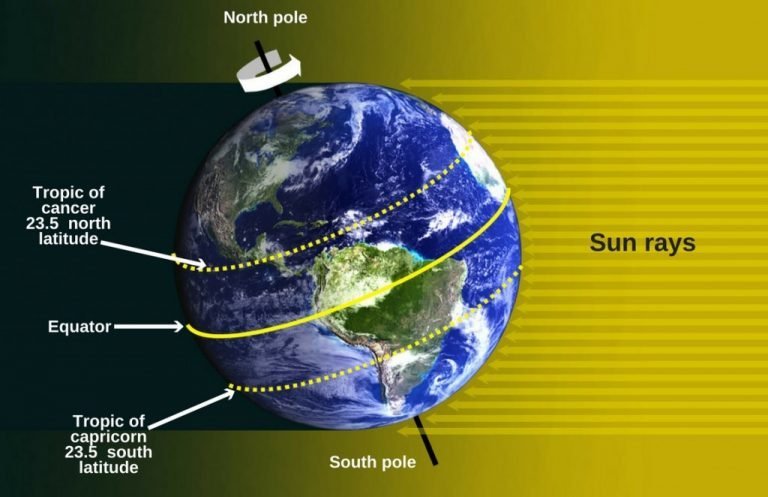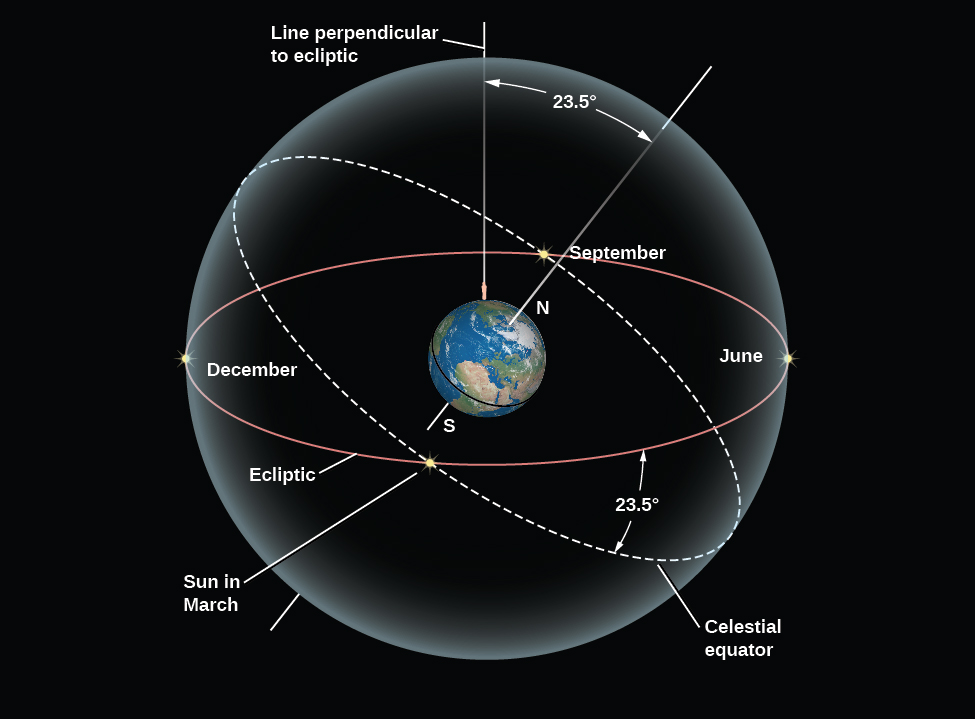
Have you ever wondered if the equator is closer to the sun than the poles? It's a common question that many people have, and the answer may surprise you. In this article, we will explore the relationship between the equator and the sun to determine if the equator is closer to the sun.
What Is The Equator?
The equator is an imaginary line that circles the Earth at 0 degrees latitude. It is the point on the Earth's surface that is farthest away from the North and South Poles. The equator is approximately 40,075 kilometers long and divides the Earth into the Northern Hemisphere and the Southern Hemisphere.
What Is The Sun?

The sun is a star that is located at the center of our solar system. It is a massive ball of gas that produces heat and light through nuclear fusion. The sun is approximately 149.6 million kilometers away from the Earth and has a diameter of 1.39 million kilometers.
Is The Equator Closer To The Sun?

The answer to this question is both yes and no. Technically, the equator is not closer to the sun than the poles. The distance between the equator and the sun is the same as the distance between the poles and the sun. However, the equator receives more direct sunlight than the poles, which makes it warmer.
Why Does The Equator Receive More Sunlight?

The equator receives more direct sunlight than the poles because of the Earth's tilt. The Earth is tilted at an angle of 23.5 degrees, which causes the sun's rays to hit the Earth's surface at different angles. At the equator, the sun's rays hit the Earth's surface at a 90-degree angle, which means that they are more concentrated and produce more heat. At the poles, the sun's rays hit the Earth's surface at a much shallower angle, which means that they are more spread out and produce less heat.
How Does The Earth's Tilt Affect Seasons?

The Earth's tilt also affects the seasons. When the Northern Hemisphere is tilted towards the sun, it receives more direct sunlight and experiences summer. When the Northern Hemisphere is tilted away from the sun, it receives less direct sunlight and experiences winter. The opposite is true for the Southern Hemisphere.
Conclusion
So, is the equator closer to the sun? Technically, no. But, because of the Earth's tilt, the equator receives more direct sunlight than the poles, which makes it warmer. Understanding the relationship between the equator and the sun can help us better understand the Earth's climate and seasons.